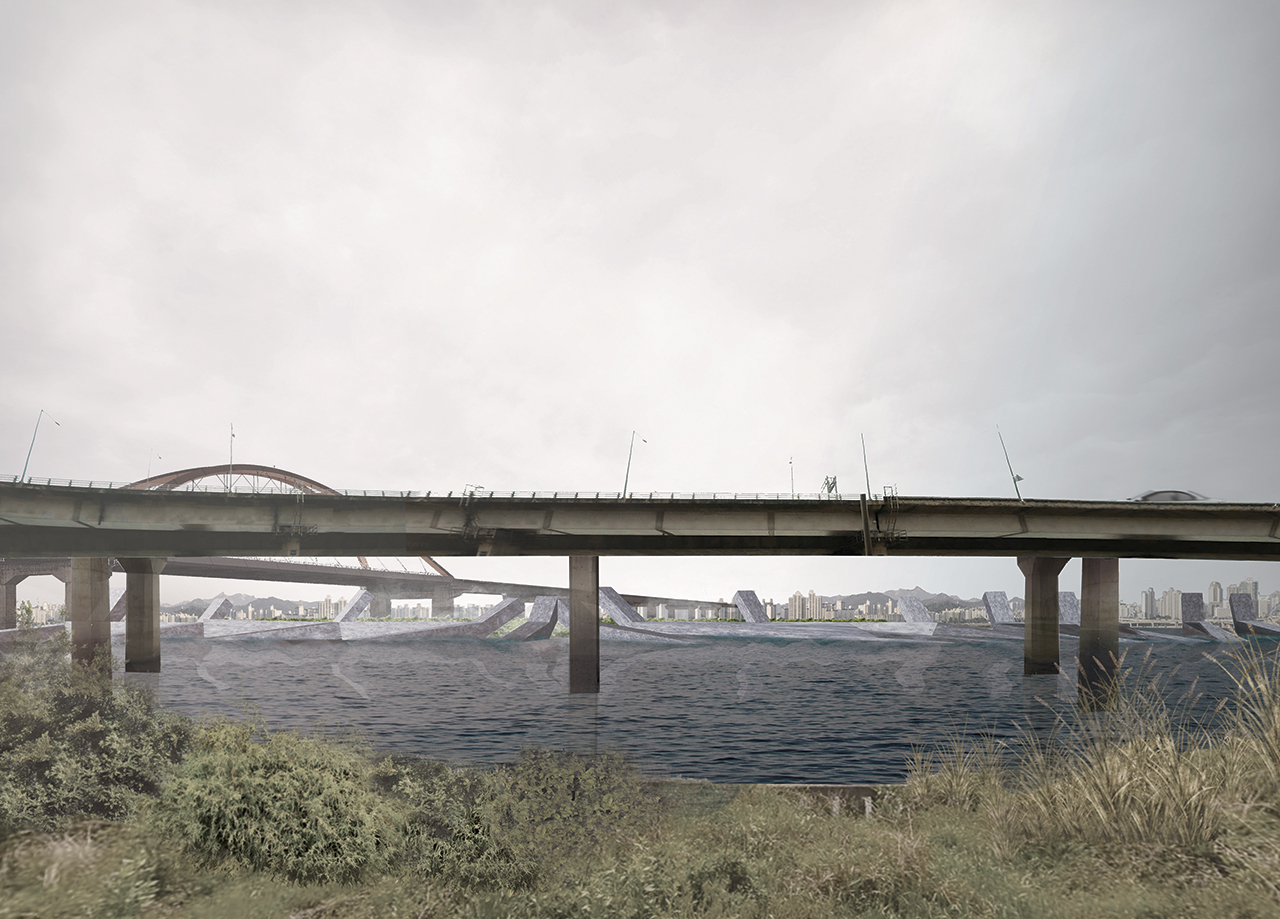분류 : 건축픽션영화
프로젝트튜터 : 김태영
Classification : Architecture fiction film
Project Tutor : Kim Taeyoung

“Men die because they cannot join the beginning to the end,” but living is trying to do it.
We give ourselves meaning by inventing critical time, like the shadow of the gable.
Christopher Burney, the author of Solitary Confinement, was a British agent in occupied France, and the book begin after his capture, though a time when he still found solitude and confinement mere notions with no real force. What follows is a study of those notions as they become real.
(omitted)
Burney remarks that the movement of his mind often took him ‘to Americas thickly populated by earlier Columbus’s.’ In the true poverty everything had to be reinvented- even the clock. He needed a clock not because the conventional divisions of time were of pressing importance, but for reasons closer to those of the monks who first made them. They needed clocks for the more devout observance of the offices, Burney because he needed to apprehend the increasing pressure of an approaching end.
As long as his captivity was story-like in that its moments were to be given significance by an end, he needed to sense its imminence. ‘One does not suffer the passing of empty time, but rather the slowness of the expected event which is to end it.’ If time cannot be felt as successive, this end ceases to have effect; without the sense of passing time one is virtually ceasing to live, one loses ‘contact with reality.’ So the prisoner invents a clock, the shadow cast by a gable on a wall which he can see through the fretted glass of his high window. Time cannot be faced as coarse and actual, as a repository of the contingent; one humanizes it by fiction of orderly succession and end.
‘The sense of an Ending’ by Frank Kermode




Men cannot grasp spontaneously the interval between ‘ tock’ and ‘tick’, and cannot sing a sound between mi and fa.
Modern city and architecture is limited to space.
City did not let to create the interval between the beginning and the ending.
The interval is the same as the shadow cast by a gable on the wall.
Temporality with one type of pace and fixed space is created by the relation of solidified subjects and objects.
I am suggesting a scenarios (experience) that put time before space.
People living in modern city has repeatable life cycle.
The gist of the cycle lies in in-between the subjects that needs to move and the objects that needs to be arrived in the city space.
Assuming the relationship which mentioned earlier as veiled characteristics of modern city, this project aims to show the reversed existing relationship of architecture proclamatory.


Bam island were exploded and removed during Han River’s development.
About 40 years later, the size of Bam island has grown 6 times bigger than its’ own size before the explosion cause of the river deposition.
It is designated as Ramsar sites, no one can enter Bam island.


















Modern city and architecture were limited to space.
City did not give a break to make a moment between departure and arrival, allowing no time to escape between the start and the end.
Architecture that never be built is the character of the film.
This video presents architectural experience where the. passing of time leads and physical space follows.
Fixed physical spaces where only one speed exists, is created by the relationship between solidified subjects/objects.
Essentiality of this daily cycle lies on the the relationship between the subjects who must move in urban spaces and objects that must arrive.
This project regards this relationship as a hidden characteristic of the modern city and aims to reverse this relationship.
Bamseom, the island which was bombed and is now expanding, leads narrative.
The perspective aiming Bamseom was blocked by the structures along the riverside for 50 years. And now it has changed its direction; capturing city for the first time.
Leaving Bamseom behind, now subjectified, we might discover a city with no arrival, and one which we are living in.